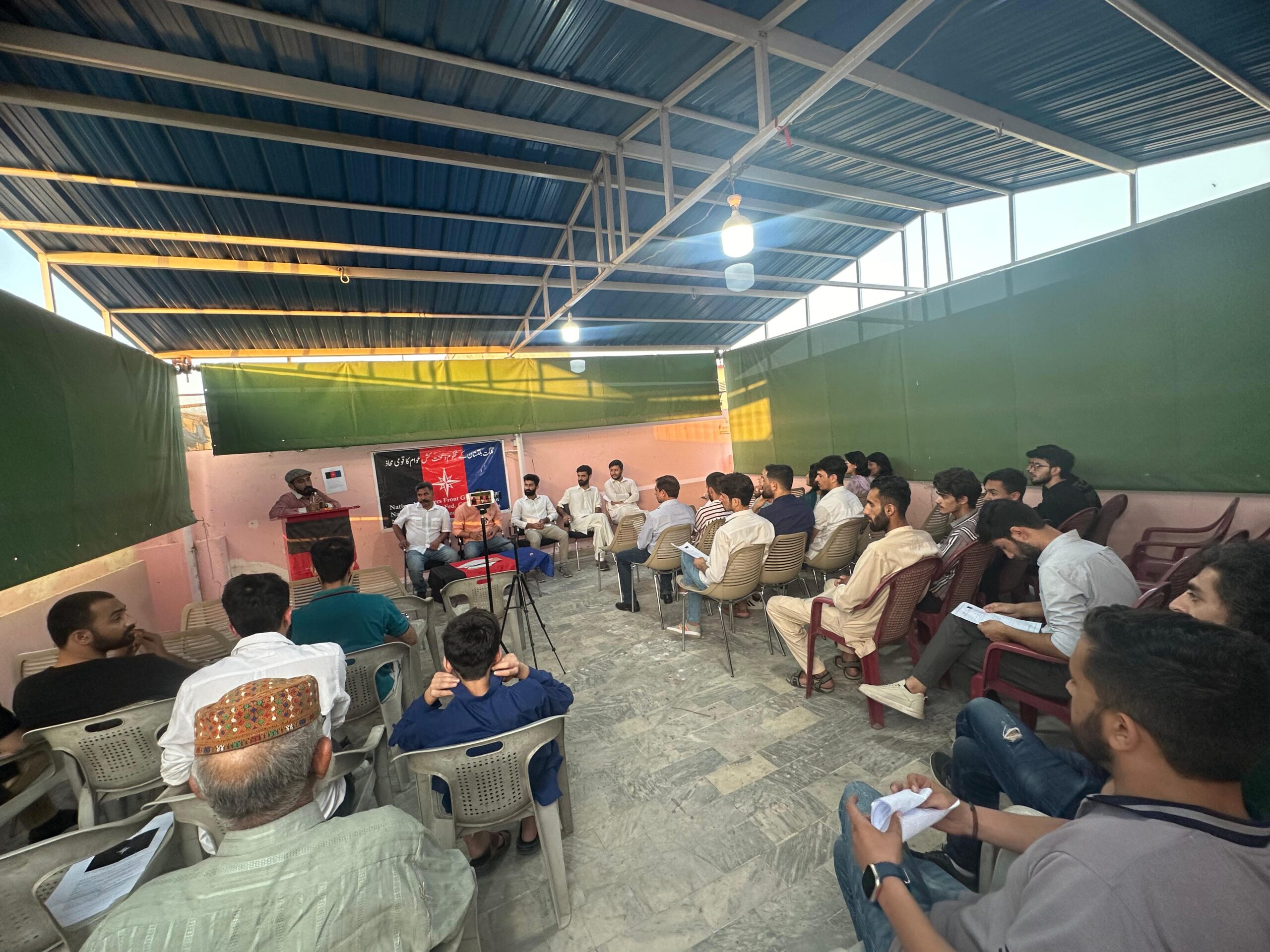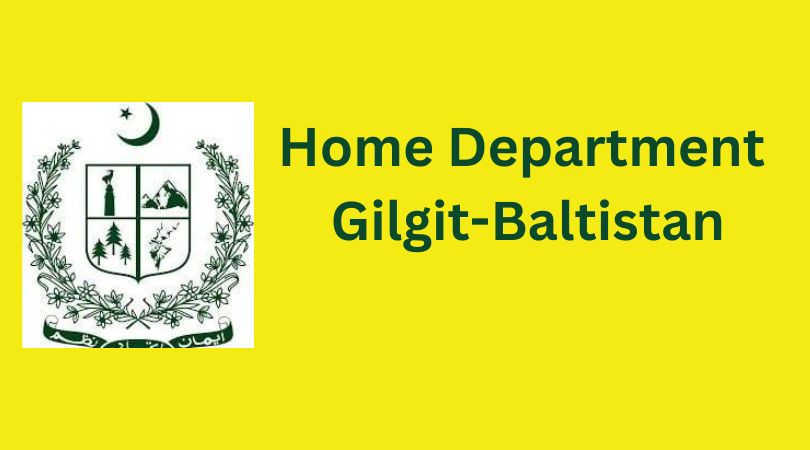This post discusses different methods of irrigation that are in use in Pakistan.
Introduction
The term Irrigation refers to the artificial or temporary supply of water to the land for the growth of plants. In Pakistan, agricultural practices such as crop cultivation and horticulture solely depend upon irrigation. Around 80% of the cultivable land in the country is under irrigation. Moreover, the irrigation system of Pakistan is considered to be one of the best irrigation systems in the world developed from ancient lift irrigation to modern-day canal systems.
What are different methods of irrigation in use in Pakistan?
Different methods that are in use in Pakistan include canal irrigation, lift irrigation, dams, and barrages. Following is an elaboration of each of these methods of irrigation.
1. Canal Irrigation
In canal irrigation water is taken from rivers, lakes, barrages, dams, etc. to fields to cultivate crops. Canal irrigation is further divided into sub-methods of irrigation i.e. Karez, inundation Canals, and Perennial canals.
Type of Canal |
Details |
Karez |
Karez is an old system of canal irrigation practiced in the Balochistan province of Pakistan. This system consists of several kilometers of long underground water channels used to take out water present in the foothills for irrigation purposes. Verticle shafts are dug to the water channel for maintenance and clearance in event of a blockage. The water flowing through the underground canal is exposed to sunlight and a high evaporation rate. This helps prevent the evaporation of water and its consequent loss in a province that is hit by scarcity of water. |
Inundation Canal
|
The canals which are taken directly from rivers are referred to as inundation canals. In Pakistan, these canals take water from the Indus and its tributaries in the Indus Plain. They are filled with water during the flood season when the water level is high in the rivers. They remain dry during winters as they receive water when the water level is low. |
Perennial Canals
|
Perennial canals are modern-day canals taken from barrages and dams. They are full of water throughout the year and provide water to a vast area of land used for crop cultivation in Punjab and Sindh. They help provide water to even those areas which were once arid or semi-arid. |
Lift Irrigation
Lift Irrigation is one of the methods of irrigation in Pakistan. In this irrigation method, water is lifted from underground and used to irrigate the land.
Lift irrigation is further divided into two methods of irrigation i.e. Tube well, Persian Wheel.
Types of Lift Irrigation |
Description |
Tube wells
|
This is a type of lift irrigation in which farmers lift underground water with the use of diesel or electrically operated pumps. A normal tubewell lifts water from a depth of almost 300 feet or more. TThe lifted water is used for irrigation purposes. |
Persian Wheel
|
This is the oldest method of irrigation using the power of blindfolded bullocks or other animals practiced in rural parts of the country. A bullock or two turn a horizontal wooden wheel geared to a vertical wheel at the end of a shaft. The vertical wheel is attached with many ports at its edges which lift water from the well and drop it into a channel leading towards the field. |
Dams
Dams are human-made water reservoirs of water by creating a barrier on a river esp. in mountainous areas. The stored water helps meet irrigation needs through canals along with the generation of electricity, fishing, etc.
Mangla Dam
|
The Mangla Dam is one of the longest earth-filled dams in the world on the River Indus. It is a multipurpose dam with two main uses of controlling and storing water for irrigation and generation of electricity. It also acts as a point for fishing and tourist attractions. |
Tarbela Dam
|
The Mangla Dam is one of the longest earth-filled dams on the River Jhelum in Pakistan which flows from Indian territory into Pakistan. Like that of Mangla dam, Tarbela Dam is also a multipurpose dam with uses, i.e. controlling and storing water for irrigation and generation of electricity. It also acts as a point for fishing and tourist attractions. |
Warsak Dam
|
The Warsak Dam is located on the Kabul River in the province of NWFP, Pakistan, about 19 miles northwest of the city of Peshawar. The river enters Pakistan across the border from Afghanistan. The dam water has two important uses, i.e. generation of electricity and irrigation. A number of canals take water from this dam to irrigate a vast area surrounding the dam.
|
Barrages
Barrages are also barriers constructed on rivers in plain areas to store water to use for irrigation and flood control. They are very long structures across the rivers in Punjab and Sindh. Unlike dams, barrages are made in flat areas.
The following table describes nine barrages concerning their location and area under irrigation
| Name of the barrage | Location |
Area under irrigation |
| Sukkur Barrage | River Indus | Sukkur, Khaipur, Nawabshah, Shikarpur and Larkana districts. |
| Guddu Barrage | River Indus | Jaccobabad and Ghotki districts |
| Sulaimanki Barrage | River Sutlej | A large area in Southern Punjab and the Bahawalnagar district. |
| Kotri Barrage | River Indus | Hyderabad, Badin, and Thatta Districts. |
| Taunsa Barrage | River Indus | Muzaffargarh and Dera Ghazi Khan Districts. |
| Chashma barrage | River Indus | Chashma-Jhelum Link canal and other canals. |
| Jinnah Barrage | River Indus | The Thar Desert and other parts of Sindh Sagar Doab. |
| Qadirabad Barrage | River Chenab | Qadirabad-Balloki Link canal |
| Rasul Barrage | River Jhelum | Rasul-Qadirabad Link Canal |
| Marala Barrage | River Chenab | Supplies water to the Ravi Link canal and Upper Chenab canal. |











